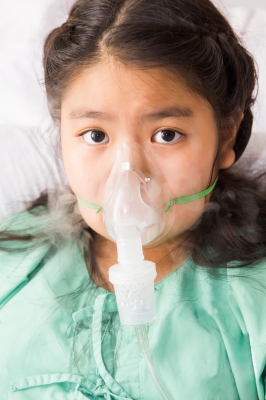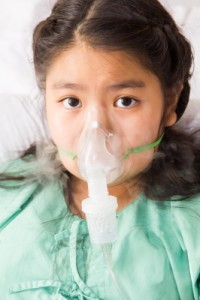In Georgia, the statistics are cited as 1 in 39 boys and 1 in 181 girls have been diagnosed with autism. It is said boys are five times more likely to be autistic than girls. These numbers are in my Autism Training for Emergency Responders class.
After my daughter received an autism diagnosis at age 17, I started digging deeper and realizing that it’s not necessarily the case that less females are autistic, but that many are flying under the radar altogether.
Autistic girls are often regarded as “eccentric” or “quirky,” may be misdiagnosed, or only partially diagnosed. There are so many stories of women finally received an autism or Asperger’s diagnosis in their 30s and 40s, and how relieved they are to find they’re not “defective” after all.
It Hit Home for Us
For my daughter, it truly put the last piece of the puzzle together for us. Things she struggled with unexplainably, such as anxieties and fears, strange rituals, and extreme resistance to change, now made sense. My daughter writes,
“My diagnosis was like a lifeline. It made me feel not alone, and it made me see that I wasn’t broken. For a lot of my life I felt like an alien, I felt like I didn’t really belong anywhere. Knowing I am autistic helped me stop beating myself up over everyday behaviors and I began to accept myself – quirks and all.”
Much of the early research into autism was based on data from boys. When Hans Asperger first defined autistic psychopathy in 1944, it referred only to boys; he believed no women or girls were affected by the condition. Even the current DSM questionnaires are geared toward standard autistic behaviors in boys.
Girls are more likely to engage in “social camouflage” behaviors – like hanging out in groups, mimicking facial expressions, or showing signs of empathy – that mask many of the classic “male” signs of autism. Repetitive or obsessive acts, like collecting things or having intense interests, are seen more as unique quirks than as anti-social behaviors. They may even be quickly labeled as OCD or Anxiety, rather than seeing autism as a root cause.
Clinically Speaking…
Does it make sense that autism presents so differently in females? Think about it. Gender roles aside, the diagnostic criteria for autism is problematic. According to Scientific American, it’s based solely on data acquired from studies of boys.
Those in the medical field recognize that a heart attack presents very differently in women. Women can experience a heart attack without any chest pain or pressure; instead they may experience:
- Shortness of breath
- Pressure or pain in the lower chest or upper abdomen
- Dizziness, lightheadedness or fainting
- Upper back pressure
- Extreme fatigue
Why is it so questionable to have something as significant as autism spectrum disorder also present differently?
Resource Gaps Galore
The absence of resources for my adult daughter with autism is due to a trifecta of issues:
- Despite autism being a neurological condition, it is still viewed as a mental health issue by many professionals
- Females are often misdiagnosed or overlooked altogether
- Once a child is no longer in school the resources dry up, creating an unacceptable gap in services for autistic adults
Reducing the gender gap in diagnoses is a start; it is critically important to make sure that females have the same access to resources and care that their male counterparts do.







